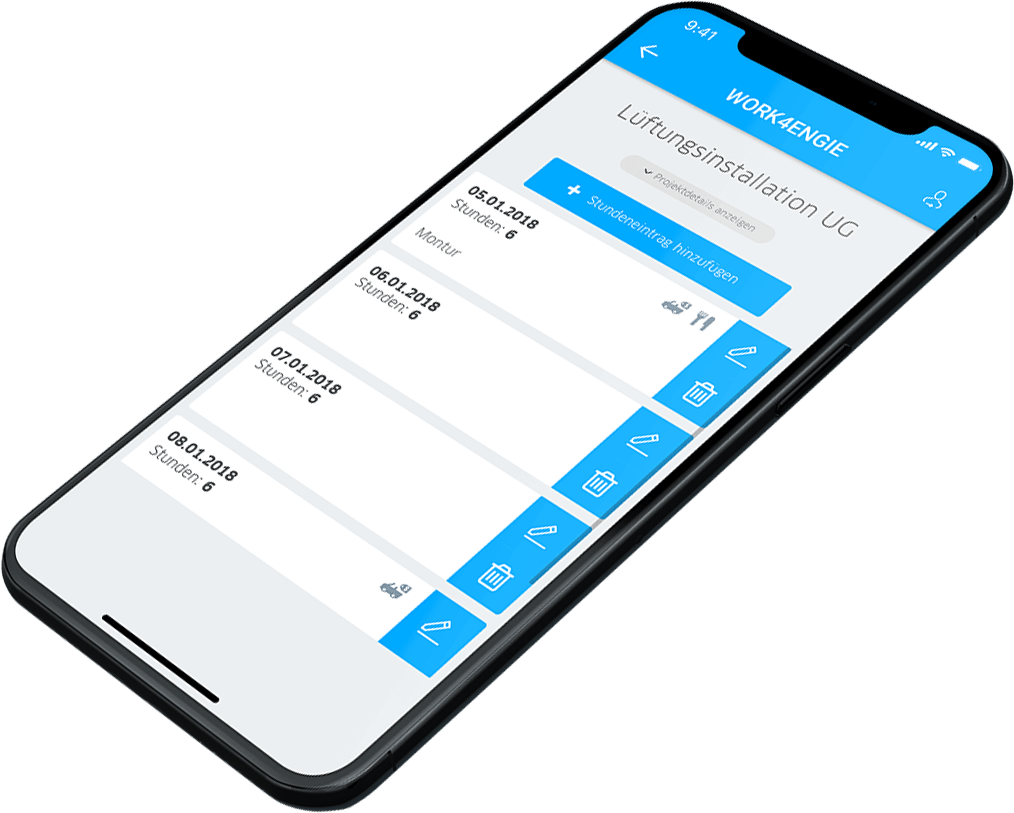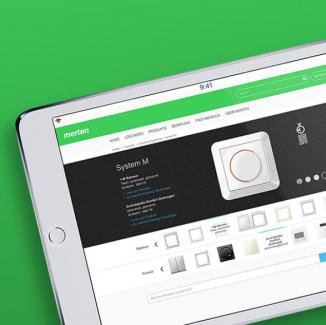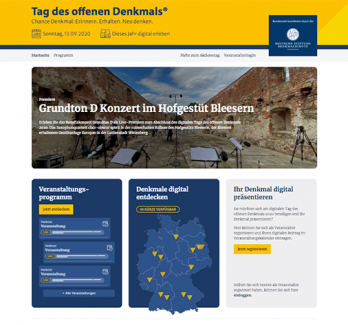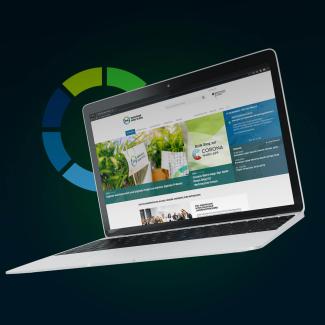User Experience powered by VUCX UX / UI Design
User Experience Design with a Focus on Users
VUCX conceptualizes and designs tailor-made applications for your Digital Business Models.
Our services include
- UX Design / User Experience Design
- UI Design / User Interface Design
- Prototyping
- Click Dummy Creation
An optimal customer experience is created when Technology, Customer Analysis and holistic Customer Experience Management work together in an appropriate way.

Prototyping
Prototypes are early samples of the digital application to be developed. Prototypes with interactive elements are called Click Dummies. The VUCX concept team uses these prototypes to present work results to clients and to create a deeper understanding of the application and its use.
Advantages for clients when using a Click Dummy
- Creation of a common technical understanding between client and agency
- Exemplary presentation of use helps to avoid misunderstandings
- WYSIWYG presentation in every phase actively involves the client if desired
Difference between MVP and Click Dummy
A Minimum Viable Product (MVP) usually differs from a Click Dummy in that it has a fully developed range of functions. In a Click Dummy, functions are outlined as examples. Interactions and business processes can only be clicked on in a simple and sample manner, usually without further functionality. As the name product implies, the focus of a MVP is on the usable product for the user. A MVP is often a fully functional application that has been reduced to the core benefits of the application.
Sometimes the boundaries are blurred. With the emergence of Low-code and No-code Platforms, new ways of using and implementing Click Dummies and Minimum Viable Products are emerging.
UX Process
From the initial idea to the finished application - the VUCX User Experience Design Team supports all concept and design decisions.
Ideas and recommendations for action are derived based on research activities and the resulting understanding of use.
The formulation of clear hypotheses and propositions, the visualization of complex systems and processes and the synthesis of diverse information are an essential part of the VUCX UX process. We use Agile Design Thinking Methods to conceptualize complex systems.
UX Strategy Development
The design of a User Experience should be developed with the UX Strategy in mind. The UX Strategy is part of a system.
To understand what the most important influences on the customer are, how they interact and relate to each other in a particular situation, we need to understand the system of which the customer is a part.
The difference between Usability and User Experience
The VUCX Team is committed to Human-centered Design and User-centered Development. Purely product- and application-centered developments without consideration of the user do not lead to success. The User Experience plays a key role in customer acquisition and customer loyalty. The focus is therefore also on the Usability of a product.
This Usability is an important factor for the user, as a high level of usability contributes to a product being used more quickly and effectively, thus increasing user satisfaction.
The difference between Usability and User Experience (UX) is that usability refers to the usability of a product or service, while UX encompasses the user's entire experience. Usability is an important factor for UX, but it is not the only factor. To achieve a positive UX, VUCX designers and developers also consider other factors that influence the user's experience.
User Experience (UX) refers to the overall experience a person has when using a product or service.
UX includes Usability as well as other factors that influence the user's experience, such as the aesthetics and design of the product, the performance and reliability of the product, the availability of help and support and many other factors.
Human-centered Design as a Normative Term
Usability according to DIN ISO 9241 describes the extent to which a product can be used by a person in a specific context
- Safely,
- Effective and
- Satisfactorily
can be used in a specific context.
Usability includes both the product's ability to meet the user's expectations and requirements and the user's ability to understand and use the product.
According to DIN ISO 9241, there are five aspects that influence the usability of a product:
- Learnability
The extent to which a product can be learned by a person quickly and without help.
- Comprehensibility
The extent to which a product can be understood by a person and the meaning of symbols, actions and feedback can be recognized.
- Usability
The extent to which a product can be operated by a person safely and without errors.
- Attractiveness
The extent to which a product is accepted and used by a person.
- Reliability
The extent to which a product can be used by a person in a trustworthy and safe manner.
DIN ISO 9241 is an important standard for designers and developers of Human-machine Interfaces. It helps to improve the User Experience and User Satisfaction. The standard specifies concrete requirements and recommendations for the design of Human-machine Interfaces in order to improve Usability and avoid errors during use.
User-centered Design
User-centered Design includes various methods and techniques to determine the needs and expectations of users and incorporate them into the development process. This includes, for example, User Research, User Testing and Prototyping. User-centered Design helps to ensure that the developed product or service is better tailored to the needs of the users and thus increases user satisfaction. The VUCX team often uses Design Thinking Methods to develop practical solutions.
Find out more about the VUCX workshops on Design Thinking here.
The optimal project process
The optimal project flow for the development of a digital project or service depends on various factors:
- For example, the scope and
- the complexity of the project,
- the resources and
- the time available and
- the Budget.
However, it usually makes sense to follow an Agile Process that allows the project to be developed and adapted step by step. This iterative and incremental process allows you to focus on flexibility, speed and the incorporation of change.


